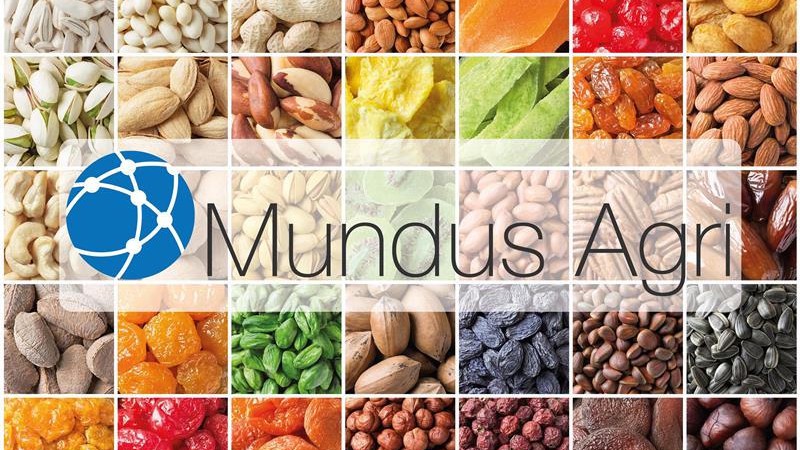Flaxseed: EU discusses controversial limit for hydrocyanic acid
September 3, 2020 at 10:10 AM ,
Der AUDITOR

EU Commission confirms talks on maximum value
In issuing the following statement the European Commission has confirmed that a maximum value for cyanogenic glycosides of 150 mg/kg is indeed being discussed for linseed for human consumption:
A targeted stakeholder consultation is currently underway to obtain and fully contributions. The possible maximum value that has been suggested in this targeted stakeholder consultation is indeed 150 mg/kg. Please, however, note that the consultation paper clearly points out that the European Commission has neither accepted nor approved these suggestions. All opinions voiced are provisional views adopted by the Commission Departments and should under no circumstances be considered as an official European Commission statement.
The European Commission has further declared that the discussions will continue with experts from the member states in autumn, under consideration of contributions made by lobbies. Moreover, the possible maximum value will not be applied to linseed destined for oil production. A maximum value for flax meal (after oil extraction), which is used in human consumption is currently not under discussion.
Proposed limit is highly controversial
Guy Vanhulle, CEO Flaxseed Trading S.A., Belgium is sceptical of the project. Although he is not opposed to the introduction of a maximum value, he would like feasible condition for the industry and that important issues are settled in advance. Problem is that the proposed limit of 150 mg/kg will make it more difficult to import flaxseed to Europe. Vanhulle states that his company has been “monitoring this parameter because there is already a limit for feed (250 mg/kg). This is a reasonable value and the majority of the linseed is below it, but we hardly find values below 150 mg/kg.” Golden linseed is especially problematic since values hardly ever range below 200 mg/kg and frequently at 250 mg/kg.
Another problem is the substantial difference in testing methods use by individual laboratories. As Vanhulle explains, “[s]ome do not test the full cyanide amount and if this data is used as a basis for a limit, this could cause major concerns. He adds:
We have been working with our lab for many years and they have always stressed that the method they use is the correct one. We indeed notice that we often have higher values than others, but until there is no uniformity about the correct test with the correct measurement uncertainty, we prefer to work with our lab and the higher values than the other way around.
Vanhulle deems the proposed limit of 150 mg/kg as highly controversial. Especially, sine the European Food Safety Authority (EFSA) report issued in April 2019 on the Evaluation of the health risks related to the presence of cyanogenic glycosides in foods other than raw apricot kernels states that:
Cyanide exposure from processed foods containing CNGs might as well be overestimated when based on their total cyanide content only because food processing (such as heating) will not only reduce the amount of total cyanide which is determined in routine analysis but also the activity of degrading enzyme, which is usually not determined in routine analyses.
One conclusion the EFSA draws is that “[v]alidated methods are needed for the quantification of CNGs and total cyanide in different food items.” Vanhulle reckons that the EFSA considers the expert opinion overconservative as available date is lacking and there are too many uncertainties. There is, in addition, not enough data relating to the chronic toxicity of cyanide to determine any potential risk for consumers in the EU.
Linseed deemed safe for consumption
In assessing linseed as herbal medicine the European Medicines Agency (EMA) classified the consumption of 10-15 g of linseed 2-3 times per day as a laxative for adults, older people and adolescents as save and effective in 2015. In 2017, the Austrian Agency for Health and Food Safety Ltd. also concluded that:
The moderate consumption of ground linseed poses no health risk for anyone above the age of 13. At the same time, health risks cannot be excluded for children under the age of 13 or adult or adolescents with high consumption of ground linseed (more than 30g per meal). Due to the negligible bioavailability of the solids contained whole, not ground, linseed does not present a health hazard regarding cyanide for all age groups. A health hazard can also be excluded regarding the consumption of linseed oil for all age groups. (View document)





